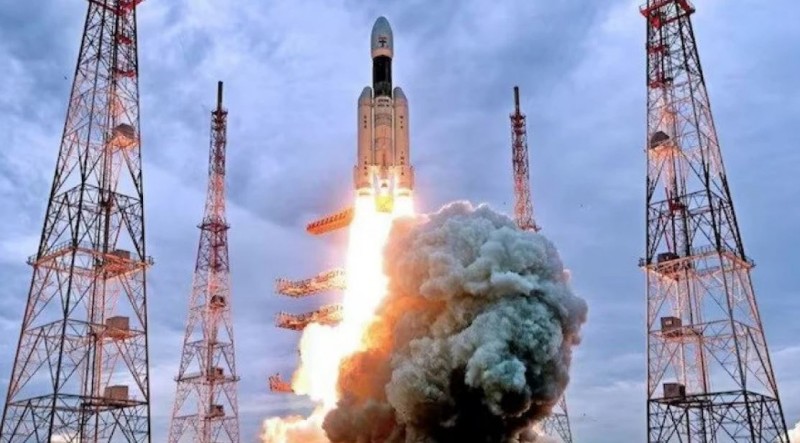
The anticipation for Chandrayaan-3's landing is nearly over. The Indian Space Research Organization, or ISRO, has indicated that Chandrayaan 3 could touch down on the lunar surface on August 23, around 6 pm. With this lunar landing, India will become the fourth country globally to achieve this feat and the first to successfully land on the moon's southern pole. Prior to this accomplishment, the United States, Russia, and China have all achieved historical milestones.
The soft landing of the Lander Module (Vikram) entails slowing down its speed from 6000 kmph to zero. This process will allow Vikram to land itself on the lunar surface in a 90-degree vertical position. Now, the question arises: why was August 23 selected for the landing? In actuality, the moon experiences 14 days of daylight followed by 14 days of night. Currently, it's night on the moon, and sunrise is set to occur on the 23rd. Both the Lander Vikram and the Rover Pragyan will be able to generate energy using solar panels. The lander is currently moving horizontally in lunar orbit. It will be repositioned to a 90-degree angle before landing. The lander will ascend for landing on the moon in a manner similar to how a rocket took off from Earth.
ISRO Chief S. Somnath stated that Chandrayaan-3 has been designed in a way that it can land even if all sensors fail. It will remain capable of landing even with both engines turned off. The craters in the moon's south pole are perpetually in darkness. The soft landing process will initiate from an altitude of 30 km. As a result, controlling the lander's speed poses a significant challenge. According to ISRO, imaging of the landing site will be conducted to identify safe and hazard-free areas prior to landing. The lander will gradually descend toward the moon in a horizontal orientation. At ISRO's Telemetry, Tracking, and Command Network (ISTRAC) in Bengaluru, scientists will issue commands for precise braking. The lander's orientation will be adjusted to a vertical position. In this stance, it will hover above the moon's surface, capture images, conduct surveys of the landing zone, and ultimately select a safe landing site.
Sachin Tendulkar Named 'National Icon' by Election Commission of India
Exploring Features and Price of the New Budget-Friendly 4G Tablet
Unveiling the Future: 10-Hour Battery Life Laptop Now Available in India